Learn : Lifestyle & Recipes
The 12 Pet-Friendliest Professions
We know dogs as sweet, sometimes oaf-like and all-times loveable creatures born to teach us the value of slowing down, doing nothing and sleeping for as much as 14 hours per day.
But it wasn’t always like this.
That bloodhound? That beagle? Even that pomeranian? Hundreds and thousands of years ago, all were bred with a purpose. And that purpose wasn’t necessarily curling up at the balls of your feet, dozing off until it’s walk time.
(Not that we rebuke that type of adorable behavior.)
The fact is, many dog breeds hail from a working pedigree. Whether that meant pulling carts, chasing down small game or alerting the guards to suspicious movement, often depended on the breed’s origin story. Today, however, dogs have a whole new host of purposes from 9 to 5.
If you’re considering a career change or just hopping into the workforce yourself, we see these 12 professions and industries as holding the greatest promise for a dog-filled lifestyle.
The expected
The most obvious pathway to working with dogs? Working on dogs. Many vocations exist within the fields of pet health and wellness that allow professionals to work directly with our canine counterparts, offering the greatest amount of face-to-snout time possible.
1. Veterinarian.
Many see the veterinary track as one of the most rewarding out there, with the ability to help families and their beloved animals live their best lives. As a bonus? Vets also have the ability to work with cats, pigs, flying squirrels and almost any other domesticated species. It’s the true animal lover’s calling.
2. Groomer.
Dog groomers deal with dogs in their most vulnerable — and oftentimes most comedic — settings. The expertise of a groomer often shows itself after hundreds of hours on the job, as groomers come into contact with all types of breeds, body conditions and fur qualities.
3. Dog walker.
Dog walkers are almost always in demand, especially as the world returns to the workplace. Not to mention, dog walkers often have the benefit of setting their own schedule and taking on clientele as they see fit. It’s a great way to interact with dogs on your time, especially if you don’t already have one at home.
The unexpected
Even the professions we don’t always associate with human-pet interaction may come with their fair share leaps, licks and cuddles.
4. Photographer.
Even amateur photographers will commonly find themselves fielding requests for pet photoshoots. Whether it’s memorializing a pet or just looking for something to hang on the walls, there’s an ever-growing demand for professional-grade photography personalized for the family dog.
5. Healthcare professional.
Doctors, nurses, administrators and other hospital workers may find themselves interacting with dogs more frequently than before, as support animals grow in presence and numbers among patients. Some hospitals may even offer animal-assisted activity programs and therapeutic resources that involve our canine friends.
6. Park ranger.
BARK rangers — as they’re aptly called — populate national parks all throughout the country, as both volunteers and as paid handler-canine tandems tasked with herding, search and rescue missions and other wildlife management responsibilities.
The classics
For years, certain professions have gone hand-in-hand with dog ownership. The most common of the bunch require intense training and trust-building to create some of the most intimate relationships between human and dog.
7. Police officer.
The German Shepherd has stood as an icon of the police force for decades, as their high intelligence, trainable attitudes and unbreakable confidence proves for the ideal companion in sometimes-stressful scenarios. Members of the K9 force often follow a specific track within the academy to become dedicated handlers.
8. Firefighter.
The history of the dalmatian and the firehouse actually points to the days of horse-drawn response teams. While the horses rushed the firefighters to the conflagration, dalmations would sprint ahead of the pack to clear the road and alert oncoming traffic. Today, many dogs still reside in firehouses, though they may not necessarily be dalmations, and they may instead be employed for their finely-tuned noses, able to sniff out accelerants and fire-starting materials.
9. Military.
As far back as World War I, dogs were seen as a necessary part of a functioning platoon. Trained to carry supplies and carry messages, military dogs of today find themselves employed to sniff out potential dangerous scenarios and participate in scouting missions.
The new ones
As industries have shifted in their requirements of what a workplace looks like, dogs have quite admirably trotted their way into the equation. Some workplaces have been known to adopt office dogs, helping to boost communication between teams and, more simply, give everyone something to awwwwww about in the middle of a busy day.
10. Tech.
At this point, you may find more tech companies that permit office dogs than not. Fast to move and faster to adapt, large swaths of the tech world have opened up to the idea that office dogs can improve employee morale and, ultimately, productivity.
11. Advertising & PR.
Many of the creative fields have followed tech’s lead in permitting dogs at work. The idea of a cuddleable, empathic sidekick is likely to put employees in their best possible headspace and draw out more inventive thinking.
12. Nearly any industry... from home.
The remote work revolution has given rise to a whole new type of pet parent — the one who otherwise may have never even considered adopting. With more time at home than ever before, caring for a dog has grown imminently possible for those without a permanent place of work. So among all the other reasons to search for remote work, consider Fido the cherry on top.



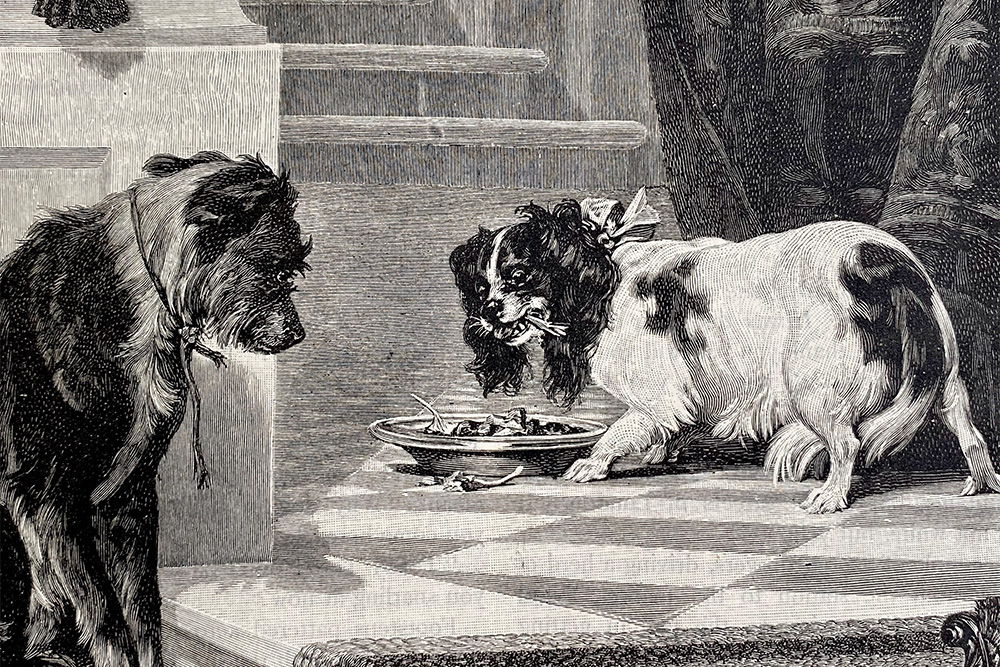 An Annotated History of Dog Food
An Annotated History of Dog Food
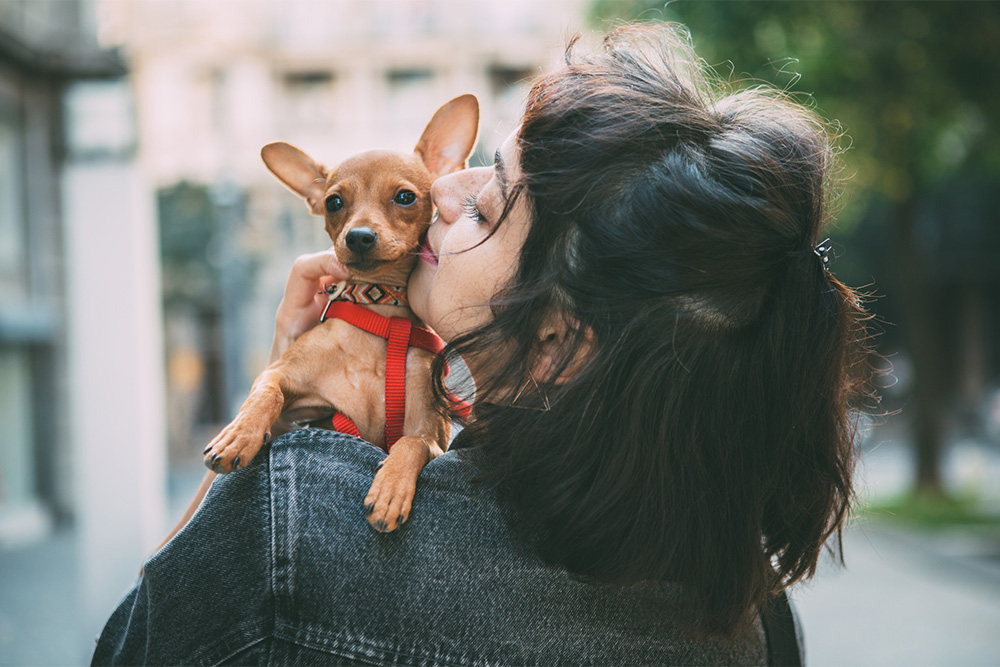 For the First Time Puppy Owner : 7 Signs You’re Doing it Right
For the First Time Puppy Owner : 7 Signs You’re Doing it Right
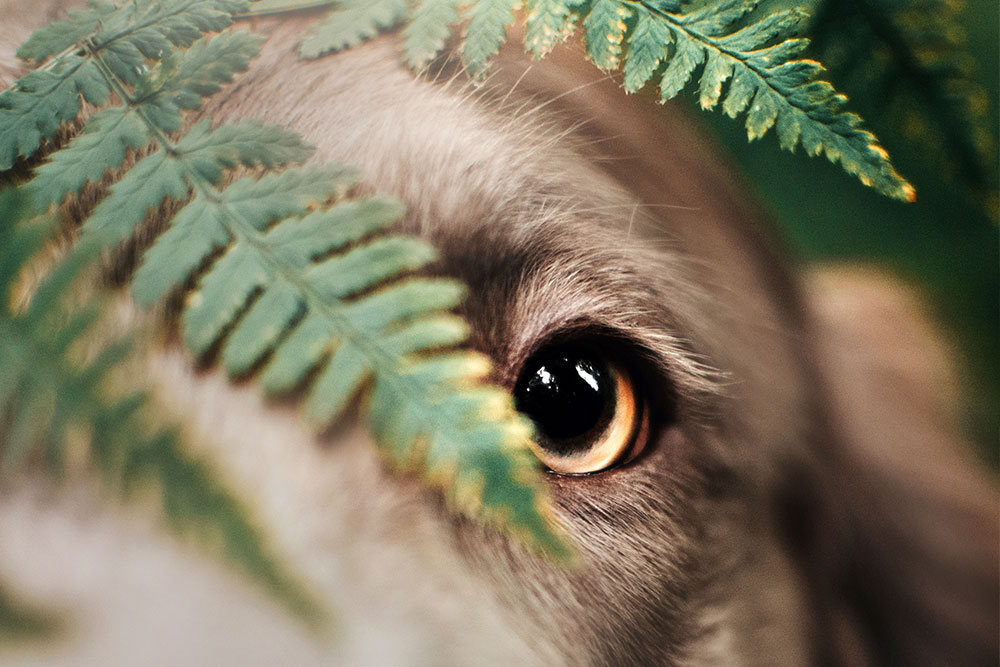 Dog-Friendly Houseplants
Dog-Friendly Houseplants
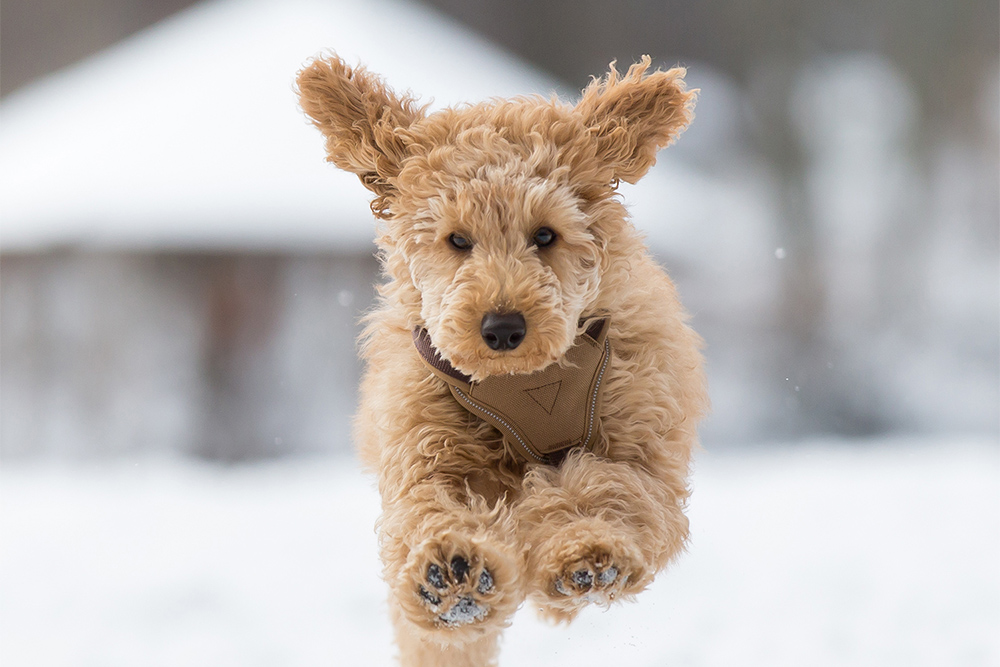 7 Winter Pet Protection Tips
7 Winter Pet Protection Tips
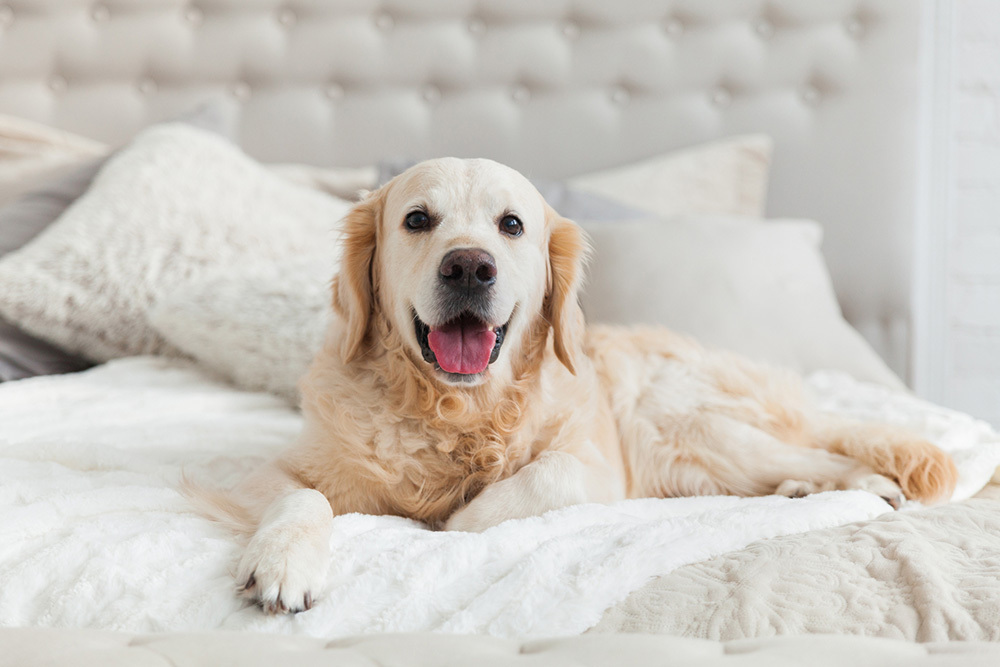 How Dogs Show Their Love
How Dogs Show Their Love
 Can Dogs Eat Catnip?
Can Dogs Eat Catnip?